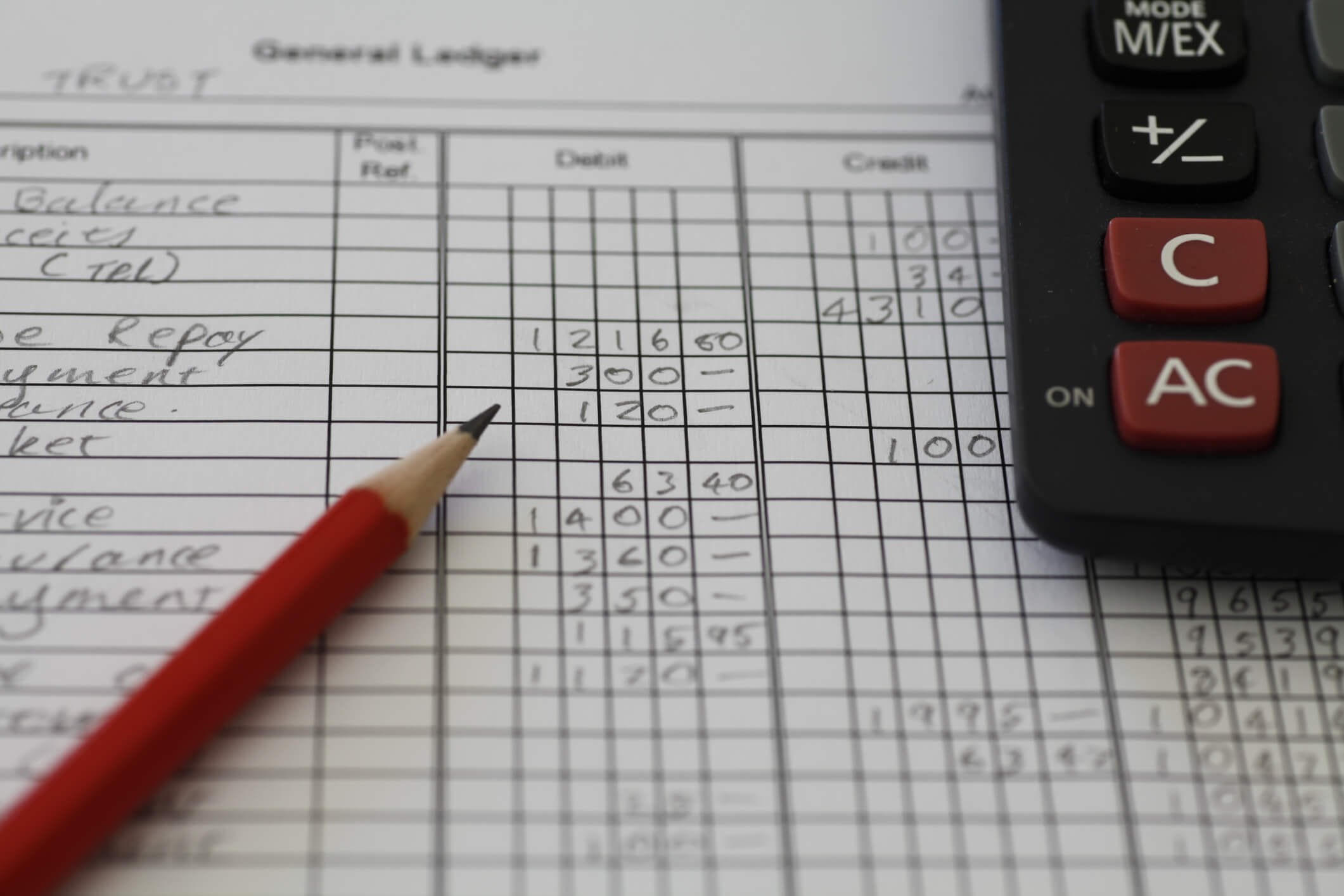With the advent of accounting, one of the most prominent words in the business dictionary was bookkeeping. In its broadest terms, bookkeeping is the process of keeping a record of all business financial transactions. It is a process that requires drawing up several accounts containing various transactions within the company. The bookkeeping process in accounting has been a tedious task since its inception, as it requires drawing up several individual t-accounts to record journal entries for the five major accounting elements – assets, liabilities, capital, expenses, and revenues
An essential and commonly used classification is that of Ledgers, General Ledger, and Sub Ledger. To advance the discussion on General Ledger, a brief description regarding the functionality of the ledgers is necessary.
 What is a Ledger?
What is a Ledger?
A ledger is a record of transactions documented in chronological order in accounting. These transactions are captured from the journal and are organized by account heads. These ledgers provide a historical and current summary of each transaction related to a specific account. The summary is the most reliable source for drawing up the financial statement at the year-end. For instance, the sales ledger has all the sales-related transactions. The sales return ledger maintains transactions related to sales returns. Therefore, the sales figure displayed on the Profit and Loss Account may be directly verified from the sales ledger.
What is a General Ledger?
As previously identified, cash-related transactions will have their cash ledger and sales-related transactions will be contained in a sales ledger. General Ledger is one big master account that comprises data from these individual ledgers, compiled in a single format. General Ledger is also known as the book of final entry. General Ledger is used to post information on financial statements – Balance Sheet and Profit and Loss Account of the business.
Sub Ledgers are another related accounting and bookkeeping category, sometimes known as subsidiary ledgers. Updating the sub-ledger is like updating a General Ledger. However, unlike the General Ledger, the ledger comprises just a few accounts.
 Format of a General Ledger
Format of a General Ledger
In recent times, automation and accounting software have made traditional bookkeeping outdated. Traditionally, a General Ledger resembled a register or book, where all the transactional data was kept. Each account would occupy one page in the General Ledger, which comprised all accounts mentioned in the Chart of Accounts.
The format of a General Ledger included five different columns for each heading. The main headings include Date, Transaction Details, Debit, Credit, and Balance. The header would usually include the name of the account and its given number. An updated General Ledger would demonstrate the current balance of each account as of that date.
Accounting Software
As given above, a traditional depiction of General Ledger will likely be more comprehensive for all businesses. In the present era, traditional bookkeeping has become obsolete. The introduction of accounting software has made accounting and bookkeeping an automated process. Numerous business transactions may be recorded and posted to their respective accounts simultaneously without manually posting entries into the relevant account heads.
It allows for speed, accuracy, and cost-saving. Enterprise Resource Planning (ERP) solutions, such as SAP and Oracle, have revolutionized the accounting world at its core. Computer software automatically posts entries onto the General Ledger from the respective account ledgers and calculates the current balances according to the specified date.
Hence, understanding the functionality and structure of a General Ledger is crucial to business accounting procedures. The simplest form of its explanation has been provided here.
 Conclusion
Conclusion
In conclusion, the evolution from traditional bookkeeping to modern accounting software signifies a transformative leap in efficiency. As the cornerstone of financial record-keeping, the General Ledger consolidates individual ledgers into a comprehensive overview. While the traditional ledger format emphasizes manual entries and meticulous organization, contemporary accounting software automates the process, ensuring speed, accuracy, and cost-effectiveness.
In today’s dynamic business landscape, embracing technological advancements in financial management, exemplified by Enterprise Resource Planning solutions, is imperative for maintaining precision and relevance in accounting practices. Understanding the structure and function of the General Ledger remains pivotal in navigating the complexities of business accounting.
 About Complete Controller® – America’s Bookkeeping Experts Complete Controller is the Nation’s Leader in virtual bookkeeping, providing service to businesses and households alike. Utilizing Complete Controller’s technology, clients gain access to a cloud platform where their QuickBooks™️ file, critical financial documents, and back-office tools are hosted in an efficient SSO environment. Complete Controller’s team of certified US-based accounting professionals provide bookkeeping, record storage, performance reporting, and controller services including training, cash-flow management, budgeting and forecasting, process and controls advisement, and bill-pay. With flat-rate service plans, Complete Controller is the most cost-effective expert accounting solution for business, family-office, trusts, and households of any size or complexity.
About Complete Controller® – America’s Bookkeeping Experts Complete Controller is the Nation’s Leader in virtual bookkeeping, providing service to businesses and households alike. Utilizing Complete Controller’s technology, clients gain access to a cloud platform where their QuickBooks™️ file, critical financial documents, and back-office tools are hosted in an efficient SSO environment. Complete Controller’s team of certified US-based accounting professionals provide bookkeeping, record storage, performance reporting, and controller services including training, cash-flow management, budgeting and forecasting, process and controls advisement, and bill-pay. With flat-rate service plans, Complete Controller is the most cost-effective expert accounting solution for business, family-office, trusts, and households of any size or complexity.



